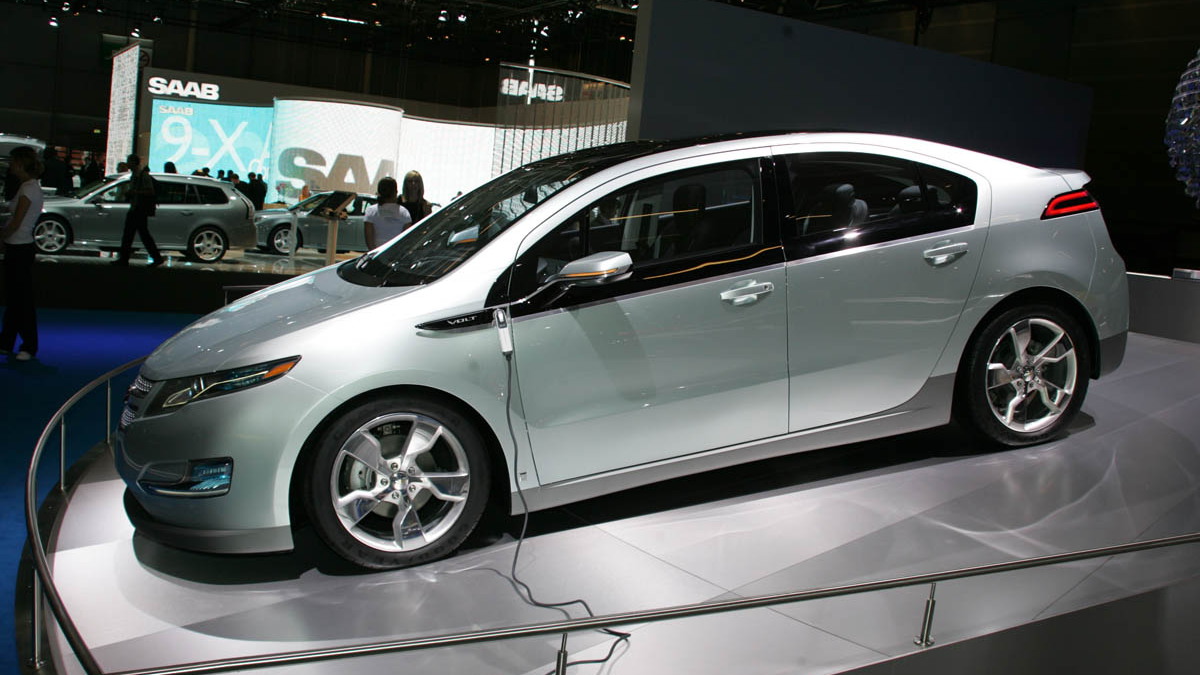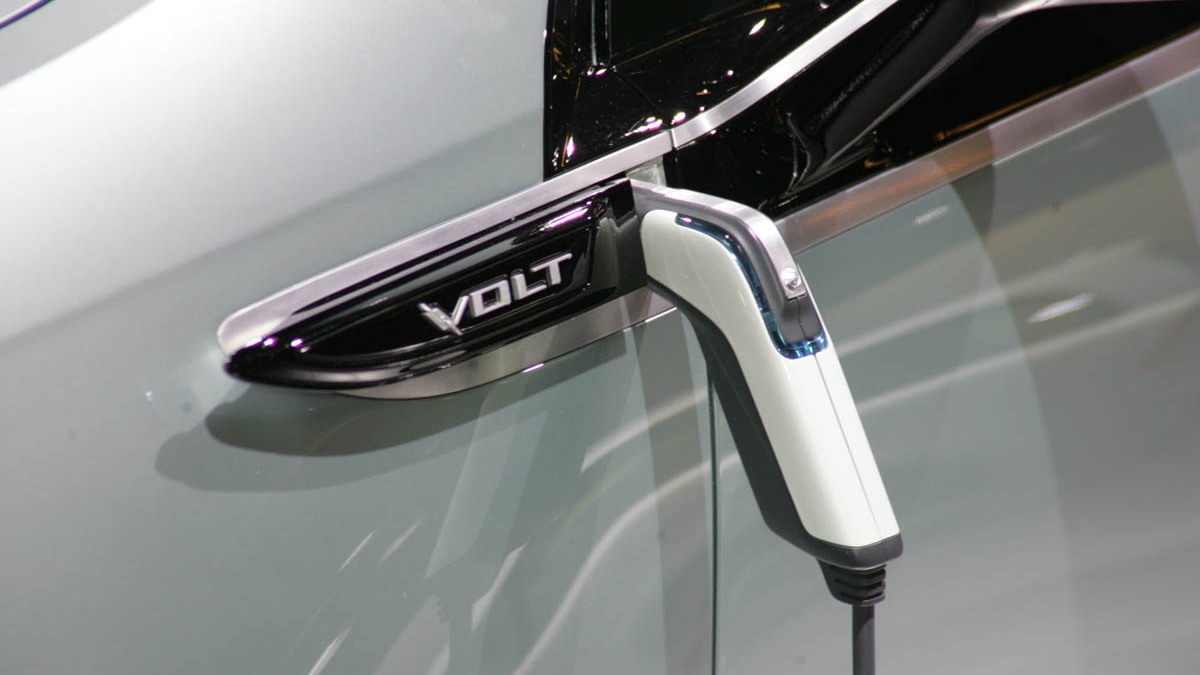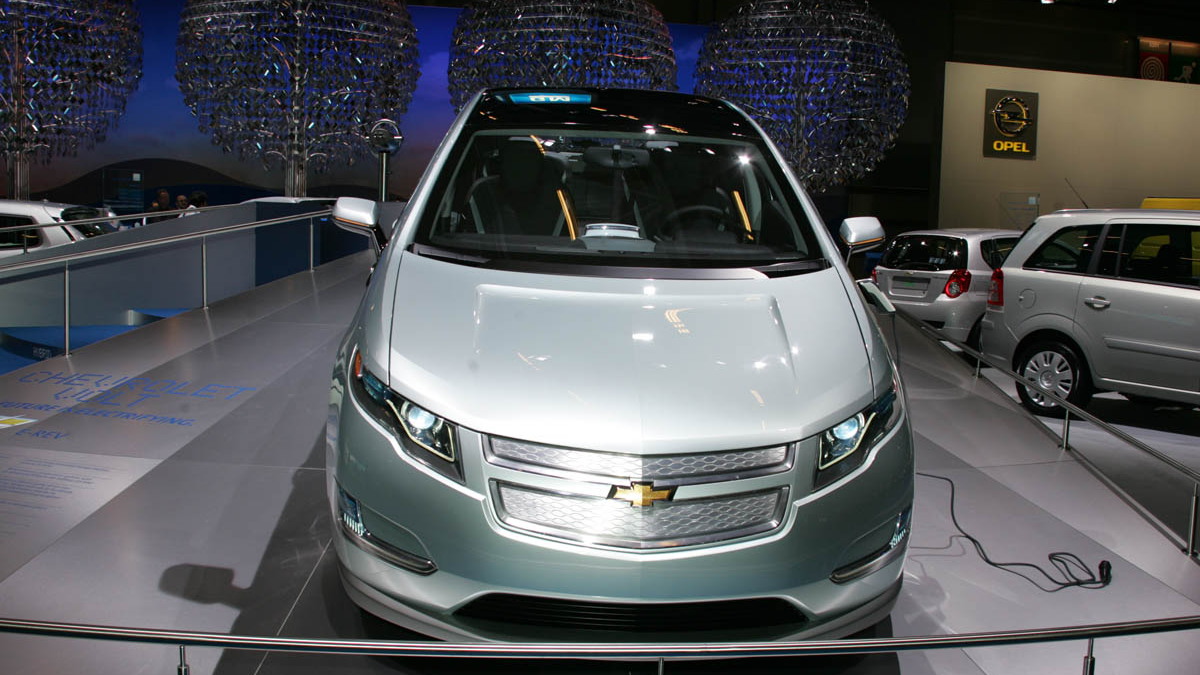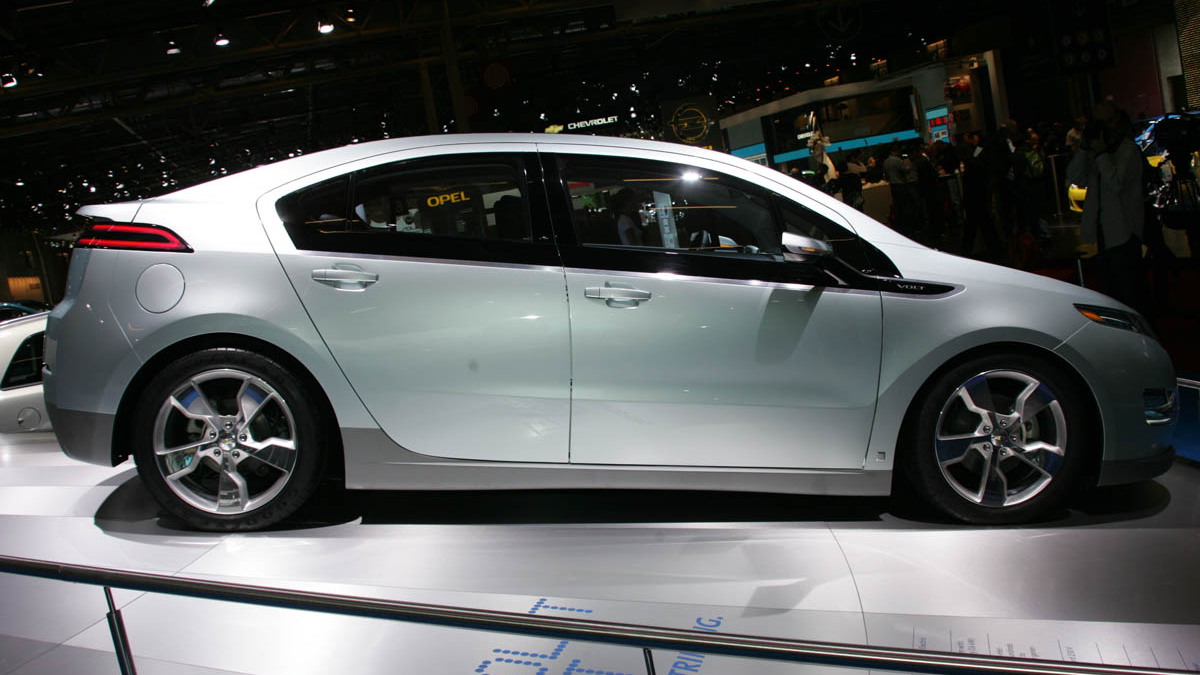This quick-update ability offers a huge advantage in terms of keeping the Volt up-to-date and improving upon the car as it ages, but it could also be a two-edged sword. By updating the cars frequently, General Motors runs the risk of making relatively new cars obsolete. Nonetheless, GM is excited about this upgrade potential.
"This is almost like getting software updates into your car," said Frank Weber, GM's global line executive in charge of the Volt. "This is not a mechanical world. So, even within a vehicle lifecycle you will see updates that are very significant."
The Volt is slated to hit the streets next year, and no formal time frame for the second-gen Volt has even been discussed, but due to the modular design of the vehicle, the team is already working on cutting the size and cost of the Volt's battery pack. This size reduction would be focused on keeping the Volt's electric-only range at about 40mi (64km) however. "My goal is not to go from 40 to 60 miles in the next generation vehicles," said Weber.
By shrinking the drivetrain and battery elements the team could open up the Volt's powertrain for application in cars that it currently wouldn't fit into. Already GM is working on applying the Volt architecture to a range of other vehicles in its lineup, starting with a very similar car for Europe called the Opel Ampera.






